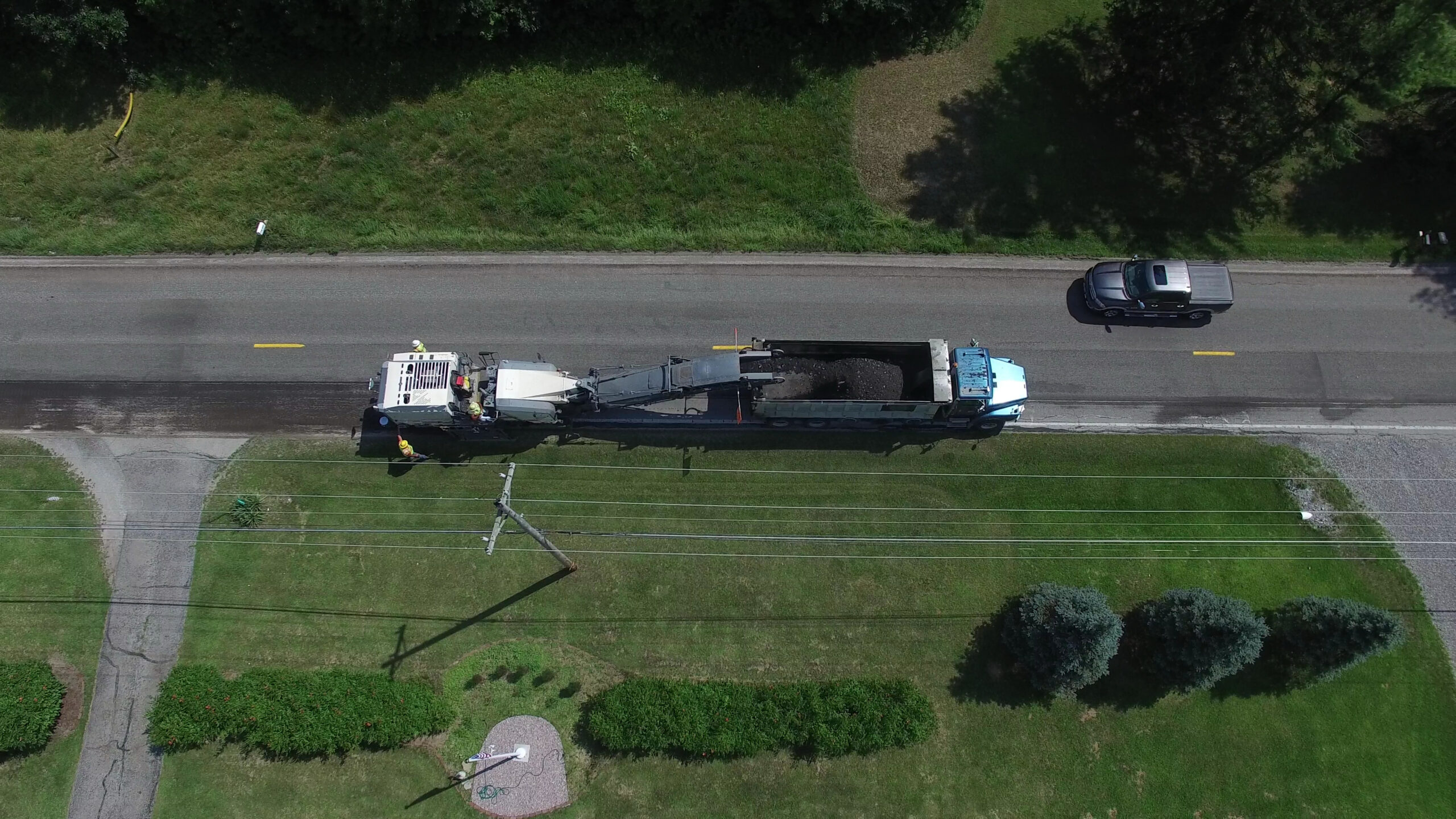
Truck drivers play an indispensable role in Ohio’s construction industry, ensuring that materials, equipment, and supplies are transported efficiently and safely to various job sites. With the construction sector booming, the demand for skilled truck drivers has never been higher. Let’s explore what this crucial job entails, the earning potential, and the necessary training and education required to become a truck driver.
Truck drivers in the construction industry are responsible for transporting a wide range of materials, including gravel, sand, concrete, steel, and heavy machinery. They operate various types of trucks, such as dump trucks, flatbeds, and tractor-trailers, to deliver these materials to construction sites. The job requires not only driving skills but also the ability to load and unload materials safely, conduct vehicle inspections, and adhere to safety regulations and traffic laws.
Key responsibilities include:
– Operating trucks to transport materials to and from construction sites.
– Loading and unloading cargo safely.
– Performing routine maintenance and safety checks on vehicles.
– Complying with all traffic and safety regulations.
– Coordinating with construction site managers and other workers.
Average National Salary
The average salary for truck drivers varies based on experience, location, and the specific demands of the job. As of 2023, the average annual salary for a truck driver in the United States is approximately $48,000. In Ohio, salaries can range from $40,000 to $60,000, with opportunities for overtime and bonuses, especially for drivers with specialized skills or those willing to take on longer hauls.
Training Requirements
Becoming a truck driver requires specialized training to ensure safety and competence on the road. The primary training requirements include:
- Commercial Driver’s License (CDL): To operate commercial vehicles, a CDL is mandatory. This involves passing a written knowledge test and a practical driving test. There are different classes of CDL (Class A, B, and C), with Class A being the most common for construction truck drivers as it allows them to drive larger vehicles.
- Truck Driving School: Enrolling in a truck driving school provides hands-on training and prepares candidates for the CDL exams. These programs typically cover vehicle operation, safety protocols, and regulations.
- On-the-Job Training: Many companies offer on-the-job training for new drivers, allowing them to gain practical experience under the supervision of experienced drivers. This can include learning specific routes, handling various types of cargo, and understanding company policies.
Education
While a high school diploma or equivalent is typically sufficient for becoming a truck driver, additional education and training can enhance career prospects. Key educational requirements and recommendations include:
- High School Diploma or GED: Basic education provides foundational skills in math, reading, and communication, which are essential for understanding road signs, maps, and instructions.
- Technical or Vocational Training: Some truck drivers pursue further education at technical schools or community colleges that offer programs in commercial driving. These programs often include coursework in vehicle maintenance, logistics, and safety.
Truck drivers are the unsung heroes of the construction industry, ensuring that essential materials and equipment reach job sites on time and in good condition. With competitive salaries, robust training programs, and opportunities for career advancement, becoming a truck driver in Ohio’s construction industry is a promising career path. As the demand for skilled drivers continues to grow, investing in the necessary training and education can lead to a rewarding and vital role in building Ohio’s infrastructure.
For those considering a career in construction, exploring the role of a truck driver offers a unique blend of independence, responsibility, and the satisfaction of contributing to significant building projects across the state.